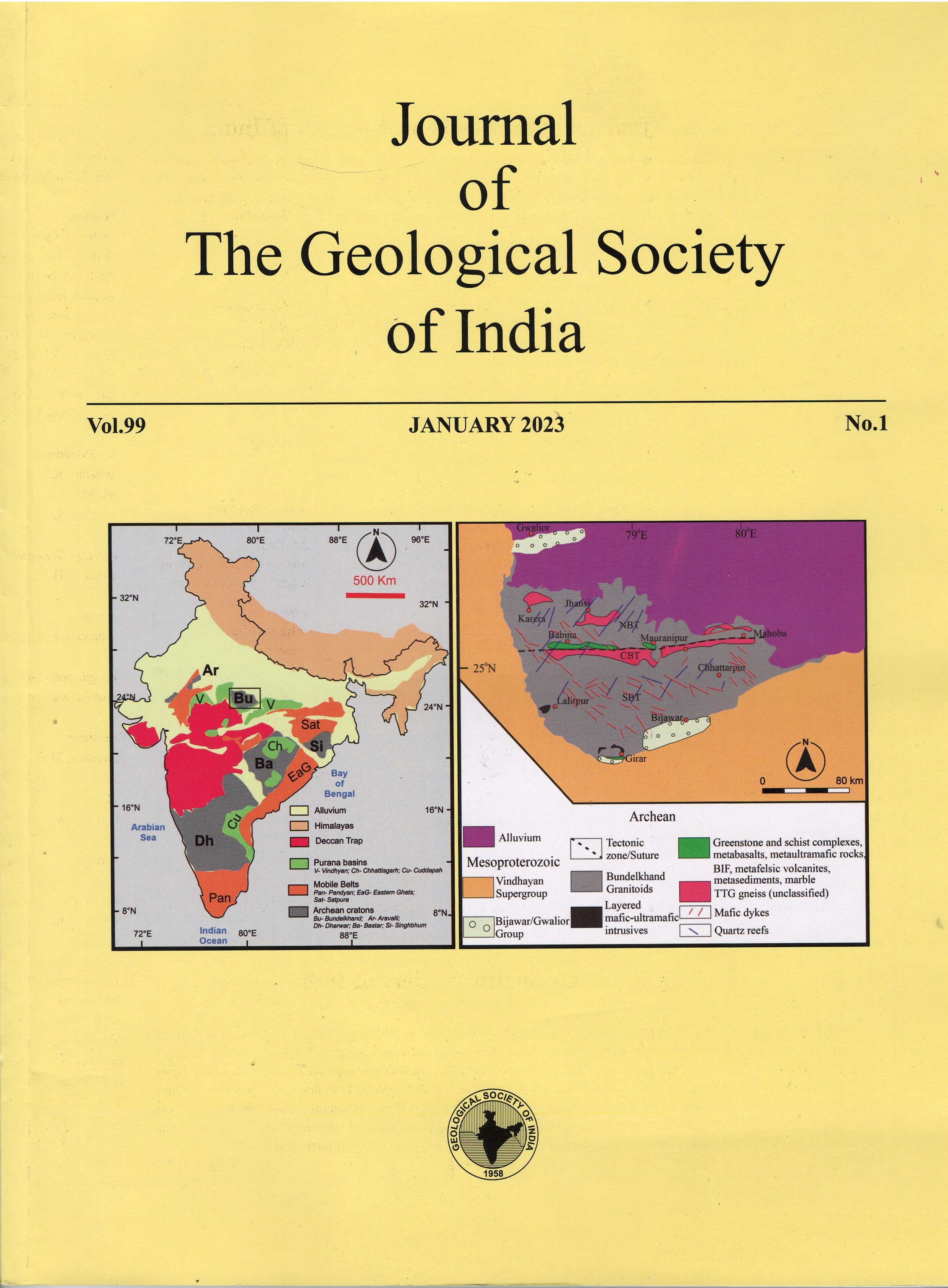Fossil Mahogany from the Early Paleogene of India
DOI:
https://doi.org/10.1007/s12594-023-2268-2Keywords:
No KeywordsAbstract
Meliaceae is an important angiosperm family having floristic and ecological significance in major biomes, especially in tropical rainforests. Well preserved leaflet and pollen comparable to the extant genus Swietenia of the Meliaceae from the late Paleocene-early Eocene sedimentary horizon of the Gurha lignite mine, Rajasthan (western India) are described. The genus Swietenia (usually called mahogany) has scarce and fragmentary fossil records, and its evolutionary and paleobiogeographic history is partly understood. The fossil leaflet is characterized by an asymmetrical microphyll-sized lamina with an entire margin, festooned brochidodromous venation, mainly mixed percurrent tertiary and freely ramified quaternary veins, whereas the fossil pollen grains have a tetra-colporate aperture, relatively short colpi, alolongate pore, and a thick and laevigate exine with pitted to psilate ornamentation. These early Paleogene fossils are the oldest known fossil records of the genus Swietenia and add a new perspective to its paleobiogeographic distribution in Southeast Asia during the early Paleogene and this study would encourage future research endeavors to elucidate the evolution and diversification of the economically important group encompassing the genus Swietenia.

 Kajal Chandra
Kajal Chandra






